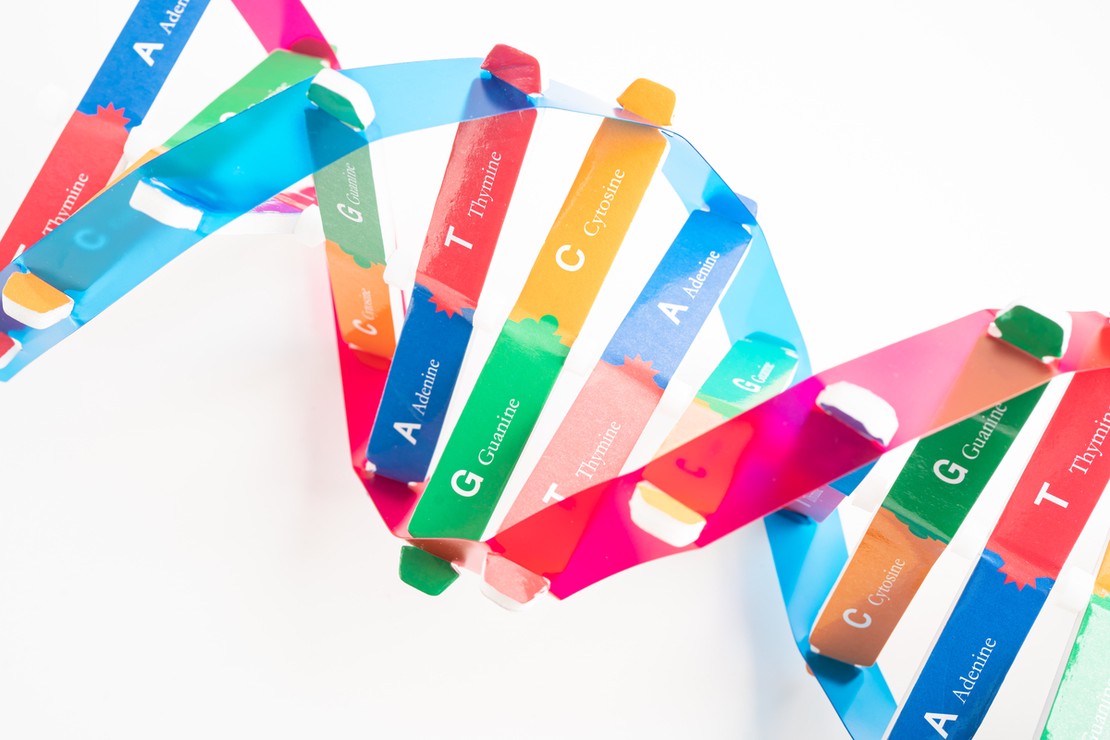Dravet Syndrome: Genetic Origins, Symptoms and Autism Relationship
Dravet Syndrome: Comprehensive Guide Overview Dravet Syndrome is a rare childhood epilepsy characterized by drug-resistant epileptic seizures that …
Read Article
Angelman Syndrome is a genetic syndrome caused by dysfunction in the UBE3A gene inherited from the mother, leading to cognitive impairment. Its prevalence is estimated to be approximately 1 in 12,000-20,000 live births. This syndrome is characterized by speech delay, ataxic gait and tremor along with motor problems, as well as inappropriate laughter. 80-90% of patients with Angelman syndrome experience persistent epileptic seizures in early childhood accompanied by EEG abnormalities.
Although various chromosomal rearrangements have been reported in children with autism (such as translocation, inversion), some of the most common ones are duplications of 15q11-q13 on the maternal chromosome.
In Angelman syndrome, social and communication problems suggesting autism spectrum disorder (ASD) symptoms, language development delay, and restricted-repetitive behaviors and interests can be observed, although there are also patients with almost no ASD symptoms. In one study, it was found that eight out of 19 children with Angelman Syndrome also received an autism diagnosis. In another population study, four children with Angelman syndrome were identified in a group that included children diagnosed with mental retardation and epilepsy, and it was found that all of these children also met the criteria for autism diagnosis. Autism is thought to be present as a comorbid diagnosis in Angelman Syndrome. However, there are also authors who suggest that autism can be considered as part of the behavioral phenotype in AS.
The deletion of the UBE3A gene from the maternal 15q11-13 region is found in 70% of patients and causes dysfunction in UBE3A protein production. This protein plays a role in synaptic development and organization, neuronal maturation, and maintaining GABA levels. Point mutations in the maternal UBE3A gene are detected in approximately 11% of those with Angelman syndrome, uniparental disomy in 7% of patients, and imprinting defects (methylation disorders) in approximately 3%.
In Angelman Syndrome, the 15q11-q13 gene region that is usually deleted contains the alpha 5, beta 3, and gamma 3 codes of GABAa receptor subunits. Epileptic seizures mostly show onset between 1-3 years of age, but can develop before one year of age in approximately 25% of patients. Early-onset seizures may be associated with ASD symptoms. While epilepsy clinic is more severe in those with UBE3A gene deletion, epileptic seizures are clinically milder and rarer in the uniparental disomy subtype.
Myoclonic seizures are most commonly observed in infants. Febrile seizures occur in 50% of patients and fever can trigger the first seizure. In more than 95% of patients with epilepsy, seizures can be observed daily for a period in early childhood. Status epilepticus is seen in 35-85% of patients. Intermittent or continuous myoclonic status epilepticus is not rare.
Characteristic EEG findings include rhythmic high-amplitude 4-6 Hz epileptic discharges during wakefulness, anterior rhythmic 2-3 Hz epileptic discharges, or posterior dominant 3-4 Hz notched delta-theta activity triggered by eye closure. The EEG pattern seen in children with Angelman syndrome between 3 months and 2 years can cause diagnostic confusion. Unlike hypsarrhythmia, this EEG activity, where slow waves are more dominant, shows no difference between sleep and wakefulness, and shows no fragmentation during sleep, is called pseudohypsarrhythmia.
Due to the underlying GABAergic dysfunction, GABAergic drugs such as valproate, phenobarbital, and clonazepam are used as first choice in treatment. Ketogenic diet is effective in almost 1/3 of patients with resistant seizures. Carbamazepine and oxcarbazepine may worsen seizures in Angelman Syndrome.
Epileptic seizures tend to decrease after adolescence.
#AngelmanSyndrome #GeneticDisease #Neurology #Epilepsy #AutismSpectrumDisorder #ChildHealth #Neurogenetics #DevelopmentalDisorder #UBE3A #15q11q13